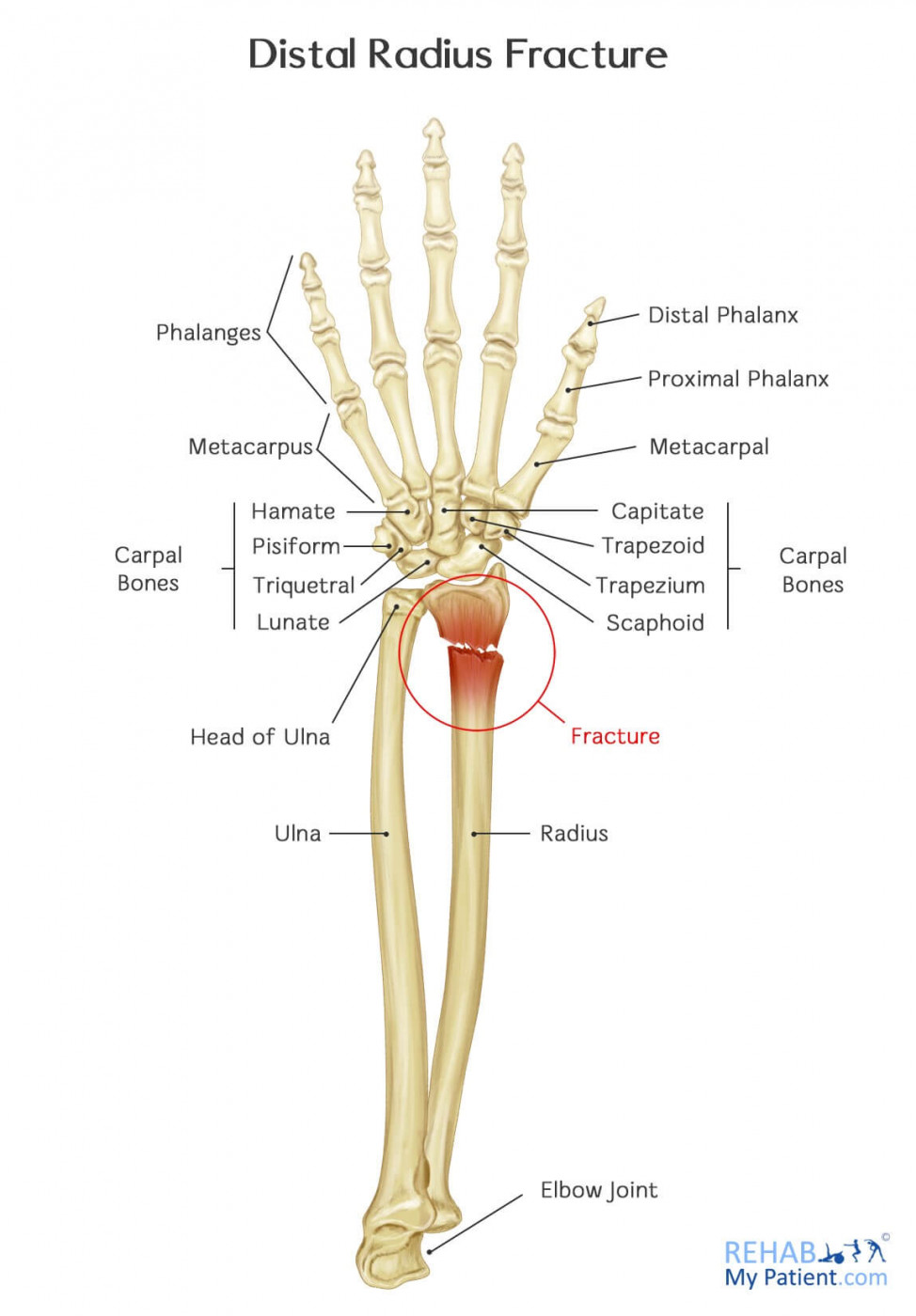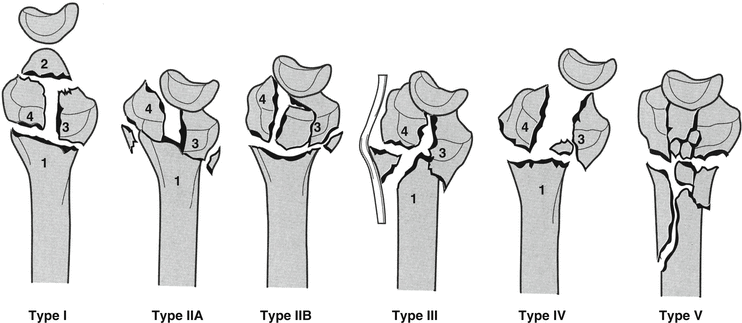

Open reduction and internal fixation (ORIF) is considered when the fracture is unstable, and/or unsatisfactory closed reduction is achieved (i.e. The cast extends from below the elbow to the metacarpal heads and holds the wrist somewhat flexed and in ulnar deviation 4 - for those of you familiar with Australian rules football this position is reminiscent of the position adopted when holding a ball in preparation for a kick. The vast majority of Colles fractures can be treated with closed reduction and cast immobilisation.

Location of the medial fracture line: does it involve the radioulnar joint In addition to noting the presence of a fracture a number of features should be sought and commented upon: An associated ulnar styloid fracture is present in up to 50% of cases.Ī pronator quadratus sign is generally seen. If dorsal angulation is severe enough, a dinner fork deformity may be described.There is also usually impaction with resultant shortening of the radius. Dorsal angulation of the distal fracture fragment is present to a variable degree (as opposed to volar angulation of a Smith fracture). The fracture appears extra-articular and usually proximal to the radioulnar joint.
Distal radius fracture classification series#
The plain radiographic series often comprises an AP and a lateral view however, it is not uncommon for an oblique view to be included. Plain films usually suffice, although if there is a concern of intra-articular extension, then CT may be beneficial. As such, in clinical practice, the use of the term Colles fracture with an appropriate description of any associated injuries is sufficient in most instances. One of the more popular is the Frykman classification system, although it fails to distinguish between Smith and Colles fractures as it is based on AP radiographs 2,3. Radiographic featuresĪ number of classification systems exist for distal forearm fractures. However, in the elderly population group, DRFs are often unstable and are likely to benefit from. Stable DRFs can be treated conservatively. In the younger population, DRFs are mainly secondary to high-energy trauma. Most fractures are therefore dorsally angulated and impacted. Distal radius fractures (DRFs) are commonly encountered in the elderly population, secondary to low-energy injury mechanisms. The proximal row of the carpus (particularly the lunate and scaphoid) transfers energy to the distal radius, both in the dorsal direction and along the long axis of the radius. This article outlines the British Orthopaedic Association Standards for Trauma and Orthopaedics for the management of distal radius fractures.īOAST British Orthopaedic Association Standards for Trauma and Orthopaedics Distal radius Falls Fractures Trauma.Most Colles fractures are secondary to a fall on an outstretched hand (FOOSH) with a pronated forearm in wrist extension (the position one adopts when trying to break a forward fall). Median nerve compression is the most common complication followed by tendon rupture, arthrosis and malunion. Patients should be encouraged to mobilise as soon as it is safe to do so, to prevent stiffness. Surgical management options include closed reduction and application of a cast, percutaneous K-wires, open reduction and internal fixation with plates, or external fixation. Immobilisation with or without reduction forms the mainstay of non-operative treatment. Non-operative management in select patients can give good results, especially in older adults. Owing to the heterogeneous injury patterns and patient profiles, the preferred management should consider the severity of the fracture, desired functional outcome and patient comorbidities. Investigations should always include radiographs to evaluate for intra-articular involvement and fracture displacement. On assessment, clinicians should determine the mechanism of injury, associated bony or soft tissue injuries, and neurovascular symptoms. These are commonly the result of a fall on outstretched hands or high-energy trauma.

Distal radius fractures account for one in five bony injuries in both primary and secondary care.


 0 kommentar(er)
0 kommentar(er)
